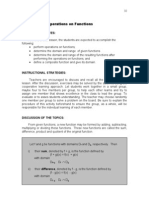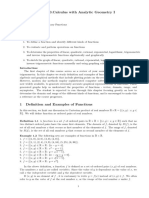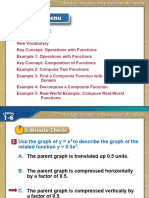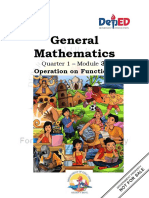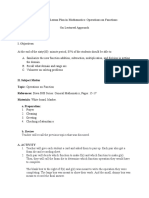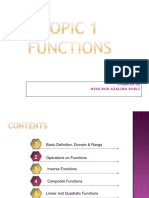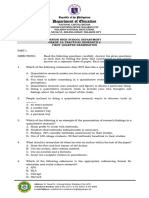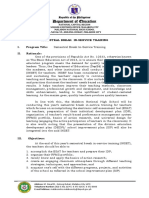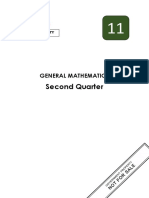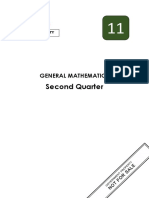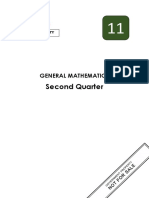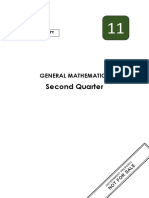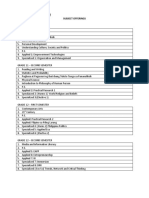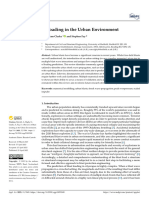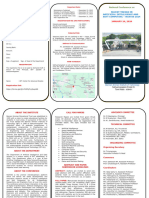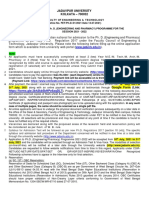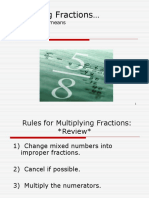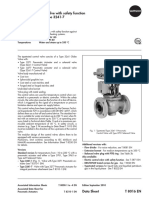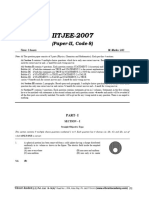0% found this document useful (0 votes)
418 views5 pagesGrade 11 - General Mathematics: Operations On Functions
The document discusses operations on functions such as addition, subtraction, multiplication, division, and composition of functions. It provides examples of performing these operations on various functions and identifying their domains. Key steps are shown such as adding/subtracting functions by treating them as algebraic expressions and finding compositions by substituting one function into another.
Uploaded by
Jester Guballa de LeonCopyright
© © All Rights Reserved
We take content rights seriously. If you suspect this is your content, claim it here.
Available Formats
Download as DOCX, PDF, TXT or read online on Scribd
0% found this document useful (0 votes)
418 views5 pagesGrade 11 - General Mathematics: Operations On Functions
The document discusses operations on functions such as addition, subtraction, multiplication, division, and composition of functions. It provides examples of performing these operations on various functions and identifying their domains. Key steps are shown such as adding/subtracting functions by treating them as algebraic expressions and finding compositions by substituting one function into another.
Uploaded by
Jester Guballa de LeonCopyright
© © All Rights Reserved
We take content rights seriously. If you suspect this is your content, claim it here.
Available Formats
Download as DOCX, PDF, TXT or read online on Scribd
/ 5










